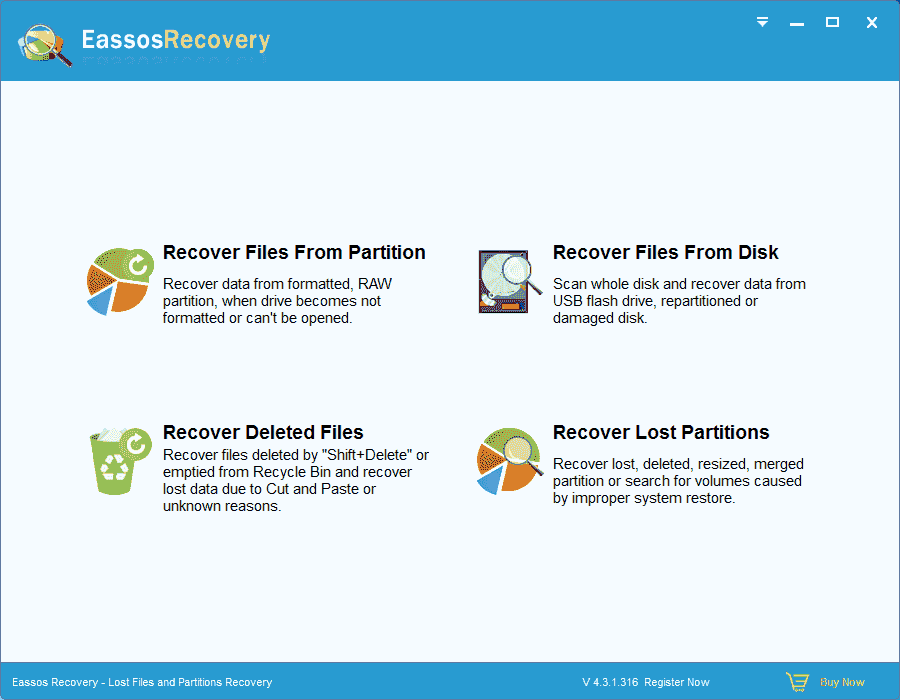Although storage devices have always been strengthening reliability, data loss still can’t be eliminated. Causes of data loss cover a wide range such as hardware or software failure, power cuts, virus attack, human errors, and other known reasons.
Don’t be desperate when data gets lost. You know what, in most cases lost data can be recovered with the help of data recovery software. And this article tries to explain how data recovery software work and data recovery chances.
How Does Data Recovery Software Work?
When a file is deleted from computer, the first place it goes is Recycle Bin. And files can be recovered at any time. To make a general glimpse of how data recovery software works, you must know the way computer stores data. The computer file management system includes two different parts: data area and system area.
The data area is used to store data, and system area for information that indicates where data is stored on the disk in the index table. When a file is deleted, the operating system just marks the related part of index table free for reuse. And the actual file is still there and can be recovered before it is overwritten by a newly saved file. Data recovery software such as CuteRecovery (formerly known as EassosRecovery) is powerful enough to scan the storage media and recover lost files.
Data recovery chances
One of the most important things to realize is that all may not be lost and your data may still be there after deletion or formatting.
Data recovery chances mainly depend on the actual cause of data loss and user’s further actions. It is strongly suggested to stop any operations to the storage media and run data recovery software after data loss, so as to get maximum data recovery results.
Of course no data recovery software is perfect. If a file has been partially overwritten, the chances of any usable recovery are low, even with the best recovery software. But if it hasn’t been too long since you accidentally deleted the file, the chances of complete recovery are pretty good.
